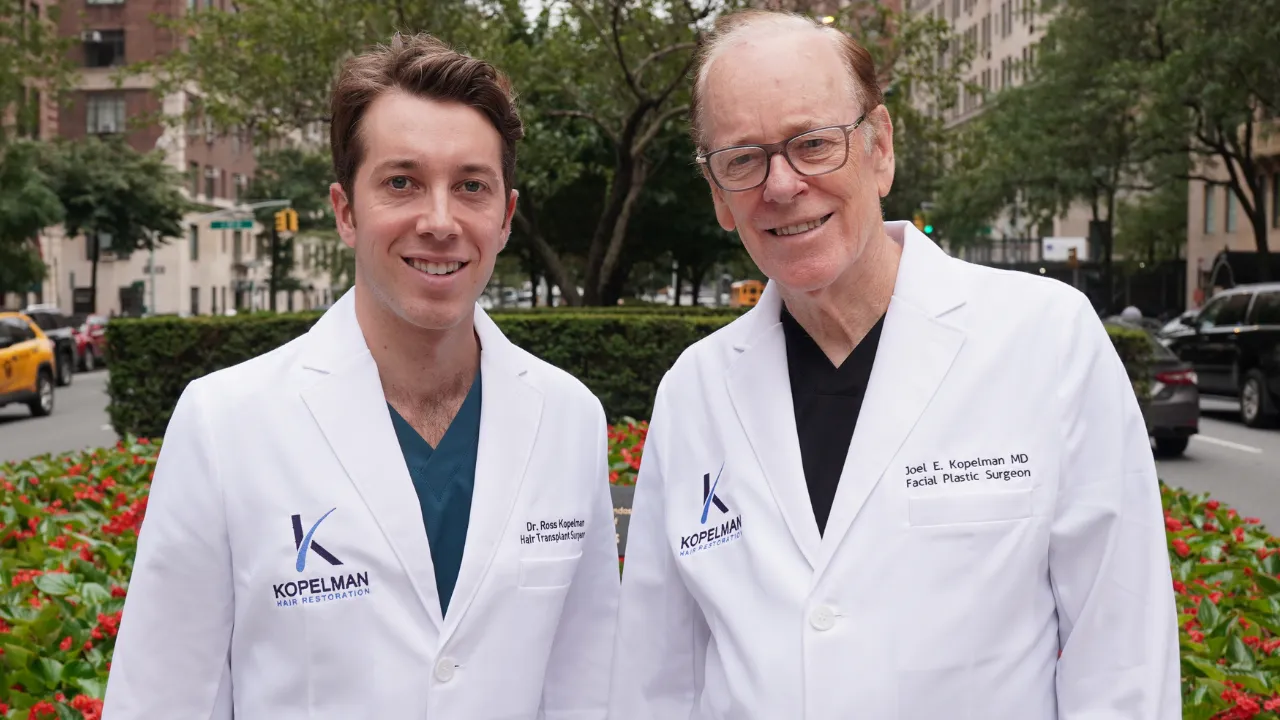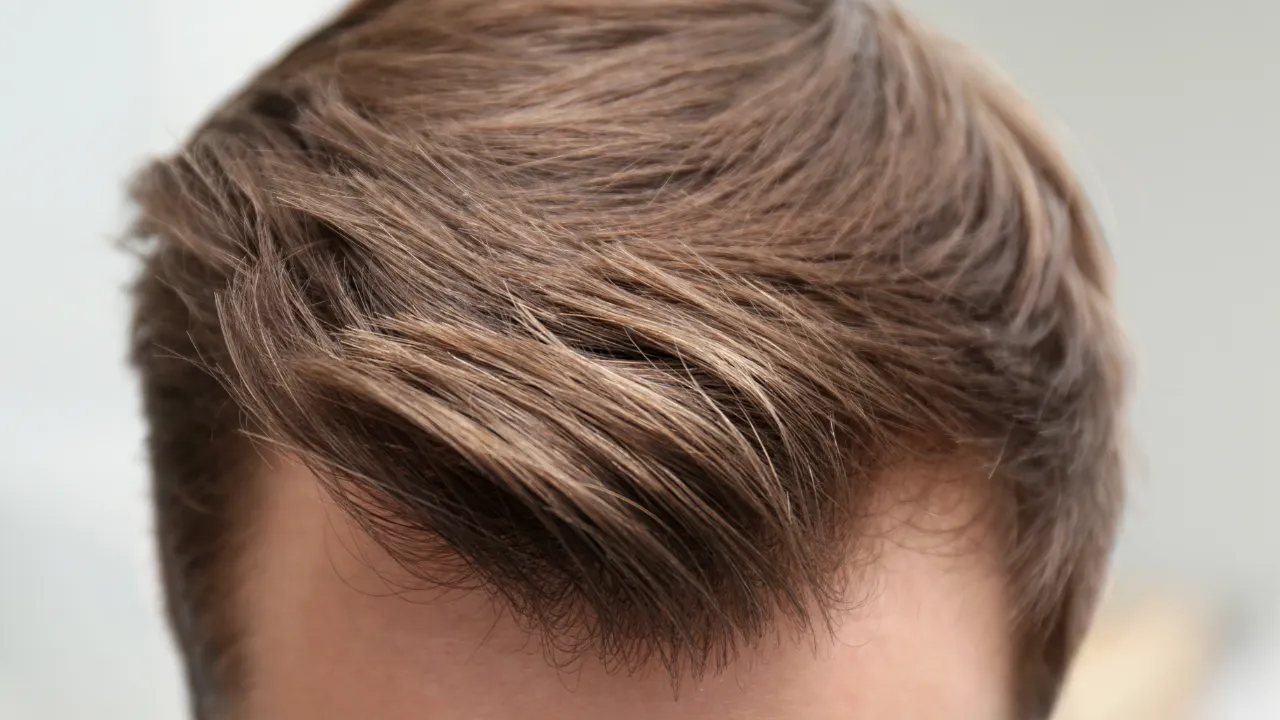Table of Contents
ToggleEyebrow transplant surgery can give a lasting solution for people wanting fuller brows. Eyebrow transplants account for more than 11% of all hair transplant surgeries in women, and more than 2% in men. When performed by a skilled, qualified surgeon, eyebrow transplants are relatively safe. Most patients in the NY area get great results when undergoing this procedure.
However, some patients feel unhappy or regretful after the procedure. Common issues include incorrect hair placement, mismatched texture, and unrealistic expectations.
These problems can lead to what many refer to as a botched eyebrow transplant. Here’s what you need to know to avoid the dreaded “eyebrow transplant gone wrong” outcomes and achieve your desired result.
Common Causes of Eyebrow Transplant Regret
- Unnatural Hair Texture: One frequent complaint is that the individual hair used in the transplant is too coarse, leading to an unnatural appearance. This issue typically arises when donor hair from the scalp is used, as it tends to be thicker than eyebrow hair. Mismatching hair textures can leave patients with brows that don’t blend well, detracting from the natural-looking brows they expected.
- Improper Hair Direction and Angle: For a successful transplant, the hair follicles must be placed at the correct angle to mimic the natural growth pattern in the brow area. Incorrect placement can result in hairs growing in odd directions, leading to dissatisfaction.
- Unrealistic Expectations and Results: Some patients expect immediate and flawless results. However, after the eyebrow transplant surgery, there is a recovery phase where shedding occurs before hair growth begins. Achieving the final look can take months, and patience is crucial for optimal outcomes.
How to Avoid an Improper Eyebrow Transplant
- Select an Experienced Surgeon: The key to avoiding a botched eyebrow transplant is working with a skilled surgeon who has expertise in cosmetic surgery and understands how to work with different hair textures. Choosing a surgeon familiar with Follicular Unit Extraction (FUE), a method commonly used in hair transplant surgery, ensures that hair follicles are carefully harvested from the donor area and implanted at the proper angle. Clinics that focus specifically on eyebrow hair restoration in NYC tend to achieve more consistent outcomes because they understand brow-specific angles and density. Speak to several hair restoration clinics before deciding on who will perform your surgery.
- Donor Hair Selection: To avoid the issue of coarse hair, it’s important to select a donor area with finer hair. Hair from behind the ears or other areas with finer growth is often more suitable than scalp hair. This results in fuller eyebrows with a natural texture that blends seamlessly with existing brow hairs.
- Realistic Expectations: Again, knowing that it can take several months to see the full effects of an eyebrow restoration is important. The initial healing process includes shedding, followed by gradual regrowth in the eyebrow area. Patients should give their brows at least 6 months to settle and grow before assessing the final results.
Potential Side Effects and Complications
While eyebrow transplants are generally safe, there are potential eyebrow transplant side effects to consider. Some common side effects include:
- Redness and Swelling: After the surgical procedure, mild swelling and redness in the brow area are common.
- Infection: As with any cosmetic procedure, there is a slight risk of infection. Following proper post-care instructions can mitigate this risk.
- Scarring: In rare cases, improper technique during the surgical procedure can lead to visible scarring, especially if larger hair grafts are used.
- Transplant failure — In some cases, the hair grafts don’t take to their new position, leading to a lack of hair growth in the transplanted area.
- Lack of suitability — Not everyone with eyebrow hair loss is a good candidate for surgery (for example, those with alopecia areata or alopecia totalis).

This patient has alopecia areata, he grew another set of eyebrows after a hair transplant procedure was performed, giving him 2 sets of eyebrows.
See our Before and After section to find out how our real patients benefited from this procedure.
What to Do if You’re Unhappy with Your Eyebrow Transplant
If you’ve experienced an eyebrow transplant gone wrong, there are ways to address the problem.
First, reach out to your clinic and inquire about their advice. Most well-established clinics offer a thorough follow-up service to help prevent or manage any issues that may arise after surgery. It’s crucial to have a reliable point of contact for both pre-surgery guidance and post-operative care. This is often your consultant, who should be available to assist you.
If you’re unable to access aftercare from your original clinic, contact another reputable clinic. They can provide guidance on fixing any issues and help you achieve brows you’ll be proud of.
Revision surgery can help correct issues such as improper hair direction or texture. In some cases, additional hair transplant surgery may be required to achieve the desired result. Consulting with a highly qualified surgeon who specializes in corrective cosmetic surgery is essential for achieving improved results.

Achieving the Best Eyebrow Transplant Outcome
A successful eyebrow transplant surgery can provide natural, long-lasting results, but it’s important to take the necessary precautions to avoid dissatisfaction. Selecting the right surgeon, managing expectations, and ensuring proper donor hair selection are all key to avoiding regret. If you are considering an eyebrow transplant, remember to give your new brows time to heal and grow.
For those who experience issues, corrective procedures and consultations with a skilled surgeon can help you move closer to the fuller eyebrows and natural-looking brows you desire.
Dr. Joel and Ross Kopelman, a father-son duo of hair transplant surgeons with a combined 35+ years of experience, specializing in personalized treatments that address your unique needs. Whether you’re dealing with a receding hairline, eyebrow hair restoration, thinning hair, or balding patches, or would like a full beard, a consultation with Dr. Kopelman can help you explore your options and find the best solution for your hair loss.
























